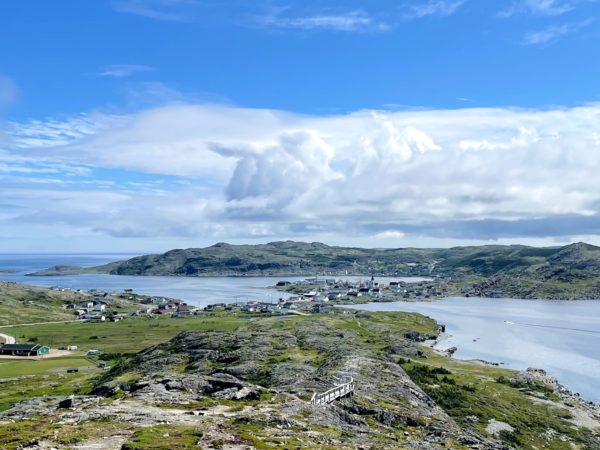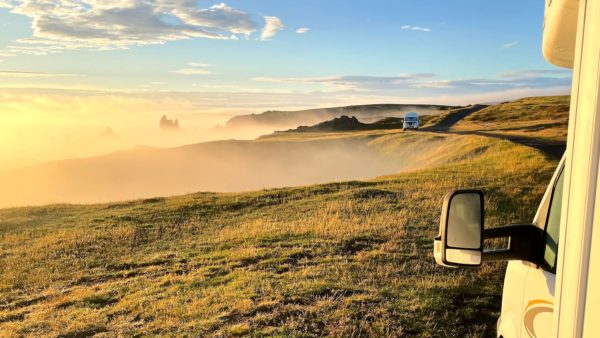
We had no expectations about traveling on the island of Newfoundland. According to google maps, the primary roads create a funky ‘H’ across the province – 1 north south road on the west side, another on the east side, and one road connecting the two across the middle. Many side roads lead to (mostly) small communities along the coast. We’d heard varying reports of the quality of the roads on ‘The Rock,’ but even the most foreboding of these led us to believe we’d seen worse. (And the roads were fine!)
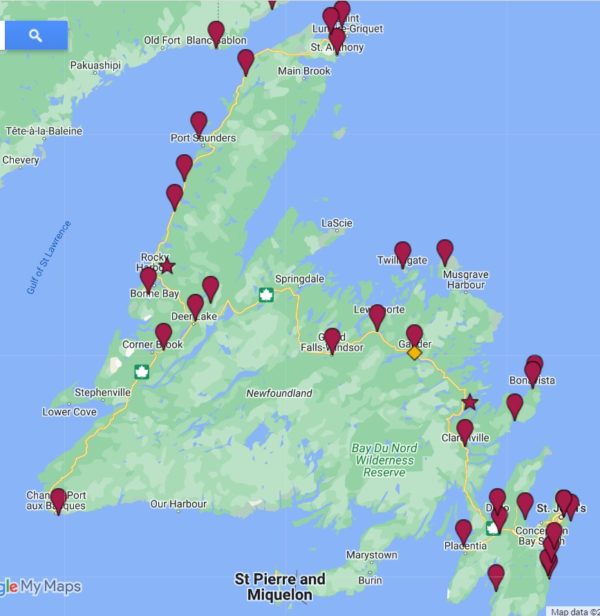
As with all of our prior trips, we don’t travel with a fixed itinerary. Instead, we have a map of e-pushpins in places we’d learned of through our sources – friends and family who’ve been here, articles, maps, internet searches, music festivals – and then we try to follow a route through as many of those pushpins as we can. We guessed it might take a month to see all 30+ pushpins, and we actually got to all but two. However, that took us 6 weeks and, although we’re booked on today’s ferry bound for Nova Scotia, we’re having a hard time leaving. Newfoundland touched us.
Newfoundland is nicknamed ‘The Rock’ for a reason. The entire island is a giant rock. The landscape is rugged and wild. The climate is harsh. The people have adapted and love the land and the culture. When you live on an island and just about everything is imported (except the fish and rocks…), there’s a natural inclination to watch out for each other. They’re a friendly bunch who welcome those who come from away with a palpable pride and love of Newfoundland.
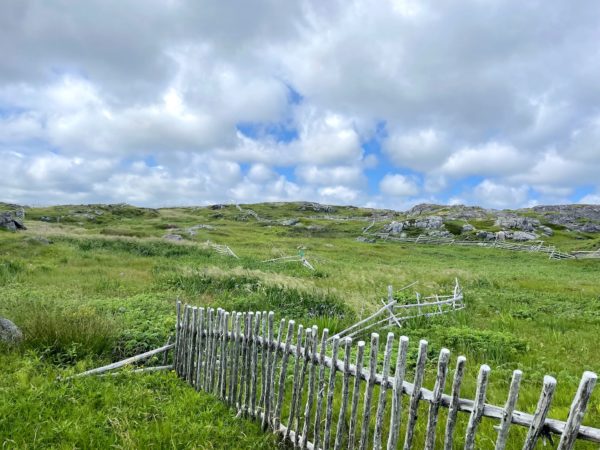
We learned about the rich and varied history of the settlement of the island – the indigenous people, the fishers and settlers, heroes, the battles and treaties – nearly all of it related to fishing. There’s also the more subtle yet notable impact of the 1992 cod moratorium and the collapse of the fishing industry on each community – loss of livelihood, jobs, population, homes, resettlement. We were fascinated to see how the communities work to reinvent themselves, with varying degrees of success, through tourism, art, commercial shipping, support services to extraction and energy sectors, traveling workers, lobstering/crabbing, outdoor activity, brew pubs and distilleries and more.
We’re glad we explored St John’s with all that a small city (and provincial capital) has to offer – history and sightseeing, science, music, food/restaurants, cultural events… and automotive repair services. We’re grateful, too, for the larger towns away from St John’s with a broad variety of offerings (also including automotive repair services.)
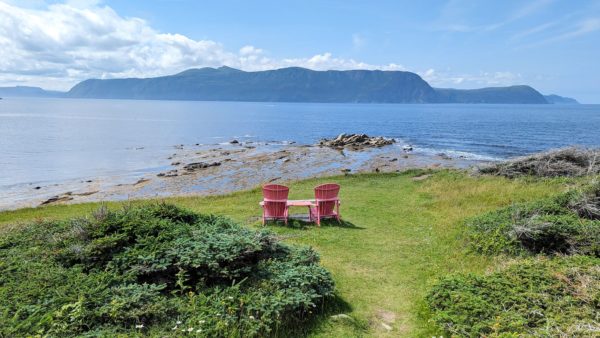
Parks Canada’s two National Parks on Newfoundland, Gros Morne and Terra Nova, both are beautiful and well worth visiting. The hiking was awesome as we’d come to expect at national parks. Notable on the island is that most towns had hiking trails to interesting places – there were hiking trails everywhere! Such a great way to explore these nooks and crannies. As you might expect from a couple of land-locked Vermonters, the loudest squeals came from whale watching, and the pounding surf.
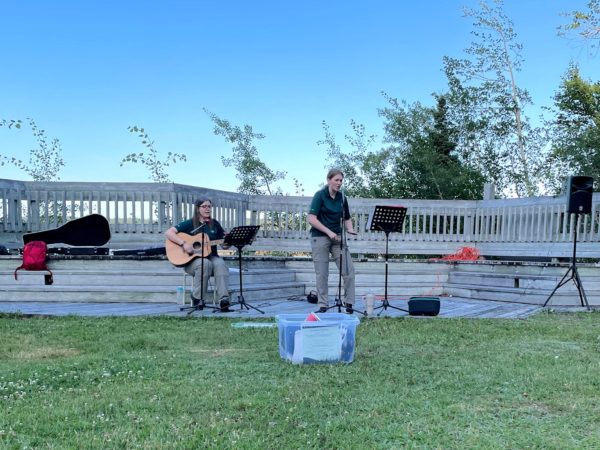
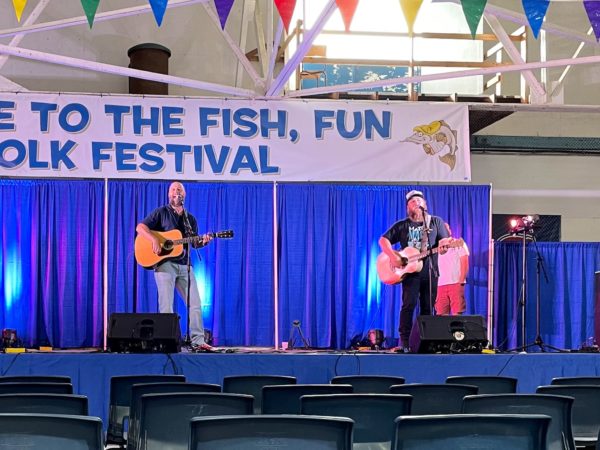
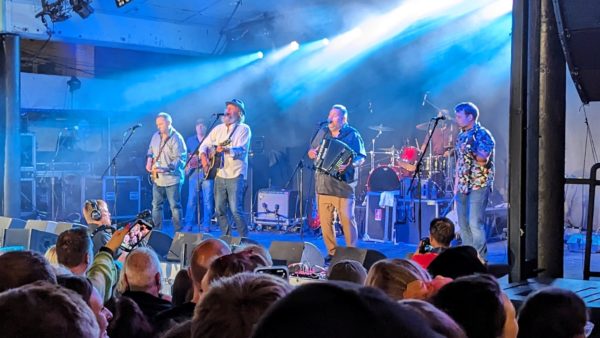
The traditional Newfoundland music was wonderful! We got to hear so much, in venues ranging from campfire singalongs to small stages to historical theatres to major music festivals. We recognize the crowd faves!
We didn’t notice it happening, yet over the course of 6 weeks it just did… We’re now reflexively pronouncing the name of the province like the locals! We’re so glad we visited Newfoundland [rhymes with ‘understand’ (pro tip: say the ‘a’ more like ‘fa la la’ and less like ‘canned’)] and Labrador (rhymes with ‘shut the door’). We’d encourage everyone to put Newfoundland, Canada on their list.
